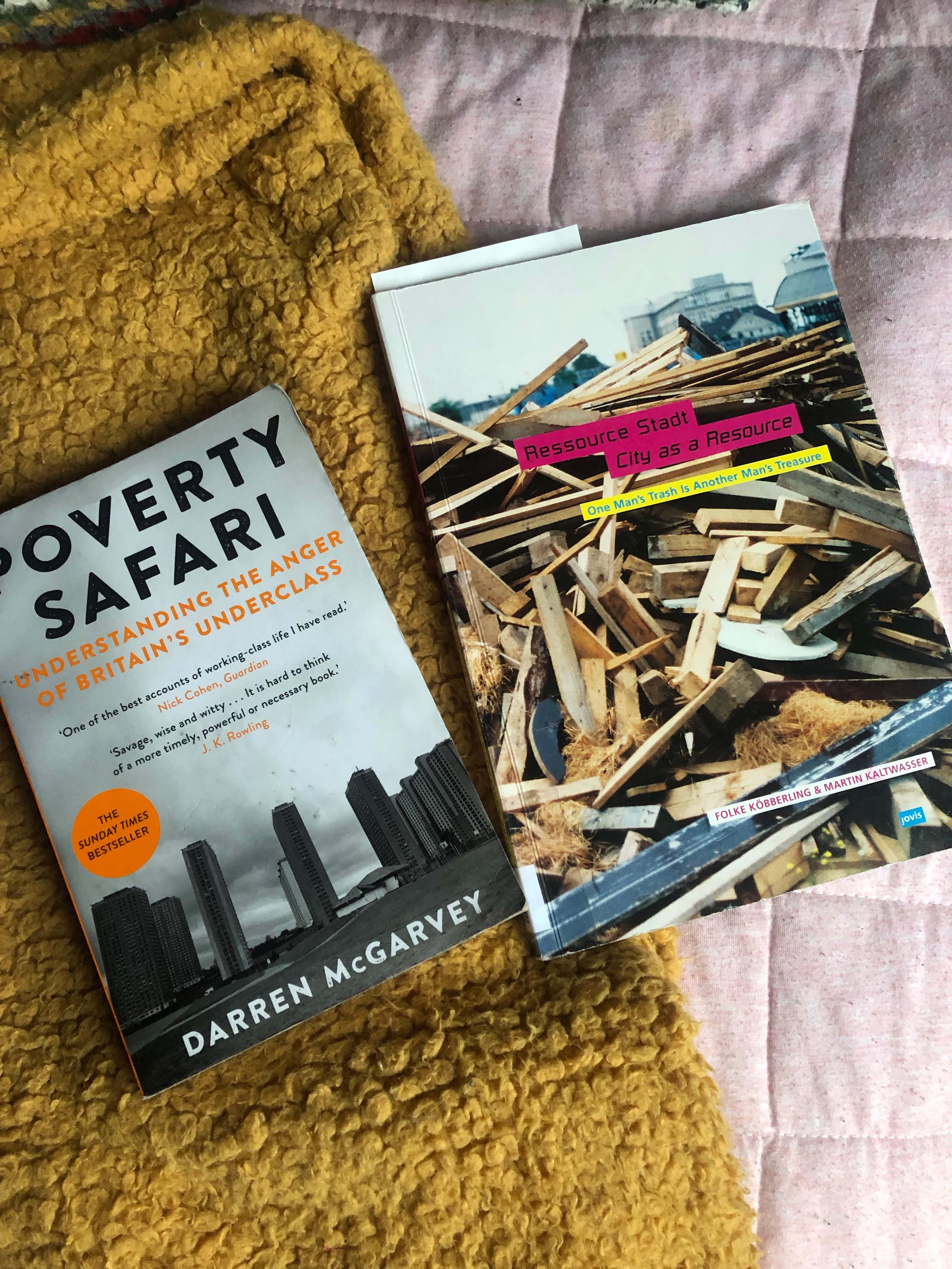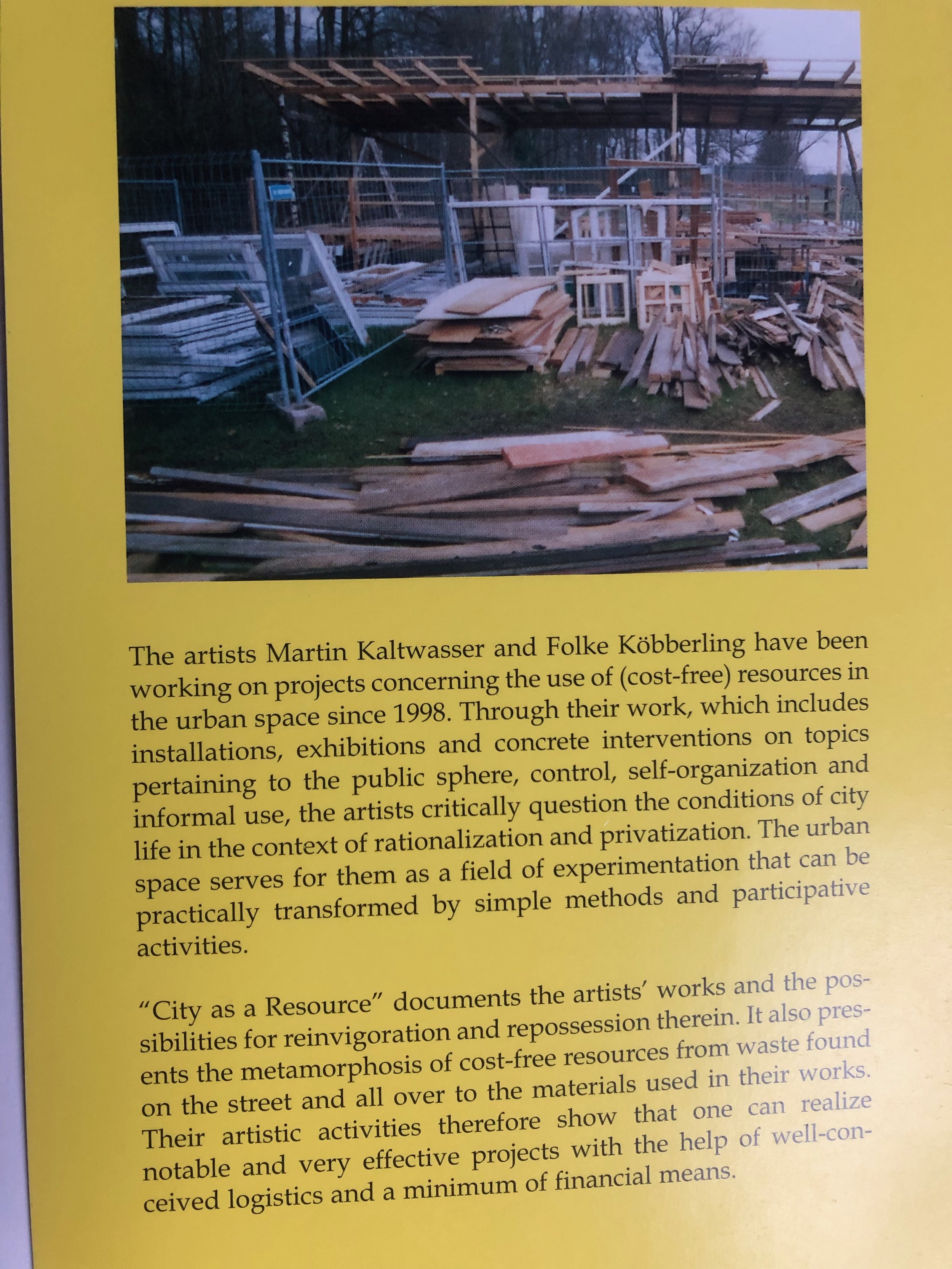Books
I’ve never been a big reader. Honestly, I get bored of most books fairly quickly & there are only a hand full of books that I have read cover to cover. I didn’t even get through ‘The Story of Dorian Gray’, which isn’t a long book or a difficult book to read. After reading chapter one & thinking it was so beautifully written I was sure this would be a story I would finish. Now, sitting here writing this half a year later I see the book over on the bookcase with the bookmark a third of the way in knowing it’ll probably stay there. This classic story couldn’t even hook me in. For a long time I have been embarrassed that I don’t read & never really liked to talk about it. But this was all based around a certain kind of book & I had totally discounted the fact that art writing & books filled with pictures are just as information heavy & filled with language to be digested as any other. Images & artworks are read too. So on reflection I have read more books than I give myself credit. Not that having read books somehow elevates me but I think a large amount of artists research comes from them. It is simply not possible to see every work of art that is interesting but it is possible to read about them & see them in books.
The books that I enjoy & choose to borrow from a library or buy just dont take as long to get through. Initially flicking through quickly, in a matter of seconds I’ll see if the image speak to me. Then if they do, ill take a longer look through maybe leaving some sticky notes before finally reading all of the information, dialogues or theory. These books then remain on hand for referencing at a later date. Looking at this relationship with books & understanding it has allowed me to realise how I use books. Rather than fiendishly devouring book after book, I take a slower approach & pick apart the publication to take away something that I need to further my knowledge or understanding of a particular subject.
With that in mind there are two books that I am currently working through which seem to give me a lot of what I need right now to further contextualise my practice. ‘Poverty Safari’ by writer & rapper Darren McGarvey & ‘Ressource Stadt, City as a Resource, One Man’s Trash Is Another Man’s Treasure’ by Artists Folke Kobberling & Martin Kaltwasser. These two books give very specific accounts of the city & urban living from very different perspectives.
Darren McCarvey gives a very real account of what it means to grow up poor on an estate & progresses into debate about his realisations of social classes. He identifies & outlines certain societal traits that are a result of how poorer communities are managed. For me the sense of place is important in this book as it touches on some of the stimulus that propels my art practice. It is an honest book about a social place from someone who lived/lives that life. So far my research of council buildings & housing estates has come from the architects that plan them, historians that analyse them or academics who write about them. Often edited for tv &/or from people who have not experienced living in such places & offer something to talk about. I am filled with accounts of design, style choices, grand plans, landscapes & initial impressions of 60’s & 70’s tenants who moved into these new buildings. But what about those who live in these places decades after. The people who grew up at the same time I did in the 90’s & 00’s are the people who experienced the decline of these places. Darren offers that in his book & although it is specific to his situation in Glasgow it does touch on current social commentary & echoes some things that I knew about growing up in the Midlands.
The second book, which I found on the shelf in the library while helping someone else find something, feels almost like a manual on how to make exciting spatial & community art from other peoples waste materials, an art practice ‘…concerning the use of (cost-free) resources in the urban space…’. This is a practice that speaks to me as I too like to reclaim waste materials to use in my practice. For me this began because I can not afford to buy materials, paired with an interest in reuse or the reusable. It is allowing me to understand better the choices that I have made as an artist & has boosted my morale as an artist that has no money to spend on materials & so collects unwanted dumpy bags, tarp & sandbags to work with. Only being one chapter in it is clear to see the connection to the city being an important part of this book as it is with my work. Also I can see the drive that these artists have in being the organisers & makers of their own work. They challenge the narrative & organisation of city space (Berlin, So far) much in the way that Gordon Matta-Clarke did in New York. Im looking forwards to getting through their projects.
I guess I’ve been thinking about books a lot recently & what they mean to me. Using them as a catalyst to get a creative process going is something that I do a lot. Most of the books on my shelves offer an idea of how to use space or material. Often a form that I want to emulate will spring from the pages & take me on a path of decisions. These 2 books have done that & as I come to complete them I hope more will inspiration will be in those pages.
Kobberling F and Kaltwasser M, (2006) Ressource Stadt, City as a Resource. One Man's Trash Is Another Man's Treasure. Berlin: Jovis Verlag.
McGarvey D, (2017) Poverty Safari, Understanding the anger of Britain's underclass. London: Picador.

